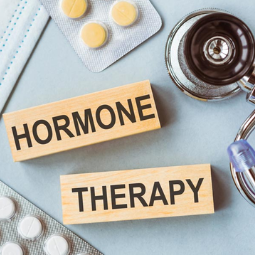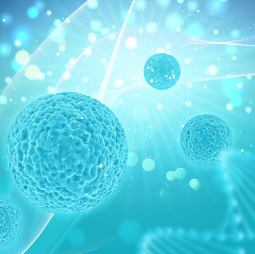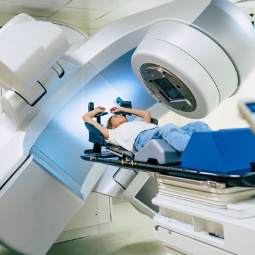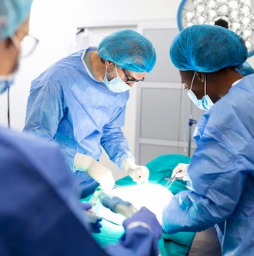- Home
- About
- Hospitals
-
Treatments
- Orthopedic & Spine
- Knee Replacement
- Carpal Tunnel Release
- Rotator Cuff Repair
- Meniscus Repair / Meniscectomy
- Total Hip Replacement (THR)
- Total Shoulder Replacement
- Arthroscopy
- Ligament Reconstruction
- Spinal Fusion
- Discectomy
- Laminectomy
- Spinal Decompression
- Vertebroplasty and Kyphoplasty
- Fracture Repair
- ACL Reconstruction
- Tendon Repair
- Osteotomy
- Amputation
- Pediatric and Adult Cardiac
- Neuroscience
- Oncology
- Nephrology & KTP
- Gastroenterology & Hepatobiliary
- Obstetrics and Gynaecology
- Infertility
- Dental & Maxillofacial
- Plastic & Cosmetic Surgery
- Rhinoplasty
- Blepharoplasty (Eyelid Surgery)
- Facelift (Rhytidectomy)
- Breast Augmentation (Mammoplasty)
- Breast Reduction (Mammoplasty)
- Breast Lift (Mastopexy)
- Liposuction
- Abdominoplasty (Tummy Tuck)
- Brazilian Butt Lift (BBL)
- Lip Augmentation
- Breast Reconstruction
- Cleft Lip and Palate Repair
- Scar Revision
- Burn Reconstruction
- Botox Injection
- Ophthalmology
- Otolaryngology (ENT)
- Endocrinology
- General and Minimal Invasive Surgery
- Pulmonology
- Rheumatology
- Urology
- General Medicine
- Ayurvedic Treatment
- Orthopedic & Spine
- Doctors
- Contact Us
Bone Marrow Transplant
Bone Marrow Transplant, also known as a Hematopoietic Stem Cell Transplant (HSCT) or Stem Cell Transplant, is a medical procedure used to treat various conditions,
including certain cancers, bone marrow disorders, and some autoimmune diseases.
The primary goal of a stem cell transplant is to replace damaged or
malfunctioning bone marrow with healthy stem cells, which can then develop into
new, healthy blood cells. There are different types of stem cell transplants,
depending on the source of the stem cells:
Autologous Stem Cell Transplant: In an autologous transplant, the patient's own stem cells are
collected before treatment and then reinfused after high-dose chemotherapy or
radiation therapy. This is commonly used for diseases like multiple myeloma,
lymphoma, and some solid tumors.
Allogeneic Stem Cell Transplant: Allogeneic transplants use stem cells from a donor, typically a close
genetic match, such as a sibling or unrelated donor. This type of transplant
can be curative for diseases like leukemia, aplastic anemia, and certain
genetic disorders.
Syngeneic Stem Cell Transplant: A syngeneic transplant is a specialized type of allogeneic transplant
in which the stem cells come from an identical twin. The genetic match is
nearly perfect, reducing the risk of graft-versus-host disease (GVHD).
Here are key points about stem cell transplant:
Condition Treatment: Stem cell transplants are often used when diseases or conditions have
damaged the bone marrow's ability to produce healthy blood cells. These
conditions can include leukemia, lymphoma, myelodysplastic syndromes, severe
aplastic anemia, and some autoimmune diseases.
Preparation: Prior to
the transplant, the patient may undergo high-dose chemotherapy or radiation
therapy. This treatment is intended to destroy the existing bone marrow to make
way for the new stem cells. This step is referred to as the "conditioning
regimen."
Transplant Procedure: The collected stem cells are infused into the patient's bloodstream through
a process similar to a blood transfusion. The stem cells then migrate to the
bone marrow, where they begin to produce new blood cells.
Graft-Versus-Host Disease (GVHD): In allogeneic transplants, there is a risk of GVHD, a condition in
which the donor's immune cells attack the patient's organs and tissues.
Medications are used to prevent or manage GVHD.
Engraftment:
Engraftment is the process by which the transplanted stem cells begin to produce
new blood cells in the patient's body. It can take several weeks for blood
counts to recover.
Complications: Stem cell transplants can have various side effects and complications,
including infection, graft failure, organ damage, and long-term effects. Close
monitoring and follow-up care are essential.
Success Rates: The success of a stem cell transplant depends on various factors,
including the underlying disease, the patient's health, and the degree of donor
compatibility. In some cases, it can offer a cure, while in others, it may
extend survival or improve the quality of life.
Bone Marrow transplants are complex procedures typically performed by specialized medical teams in specialized transplant centers. The choice of the transplant type and the decision to undergo the procedure depend on the specific disease, the patient's overall health, and other individual factors. Patients should have detailed discussions with their healthcare team to understand the potential benefits and risks of a stem cell transplant in their specific case.










.png)